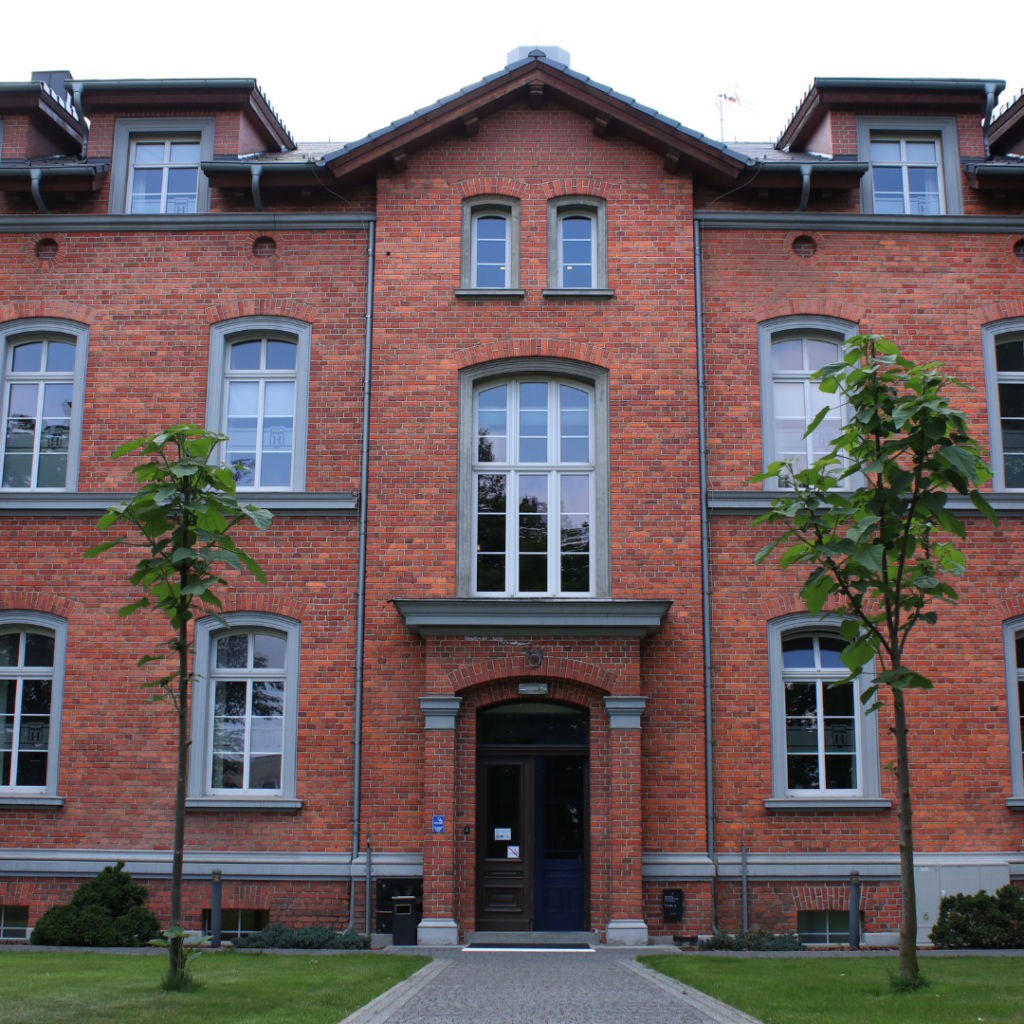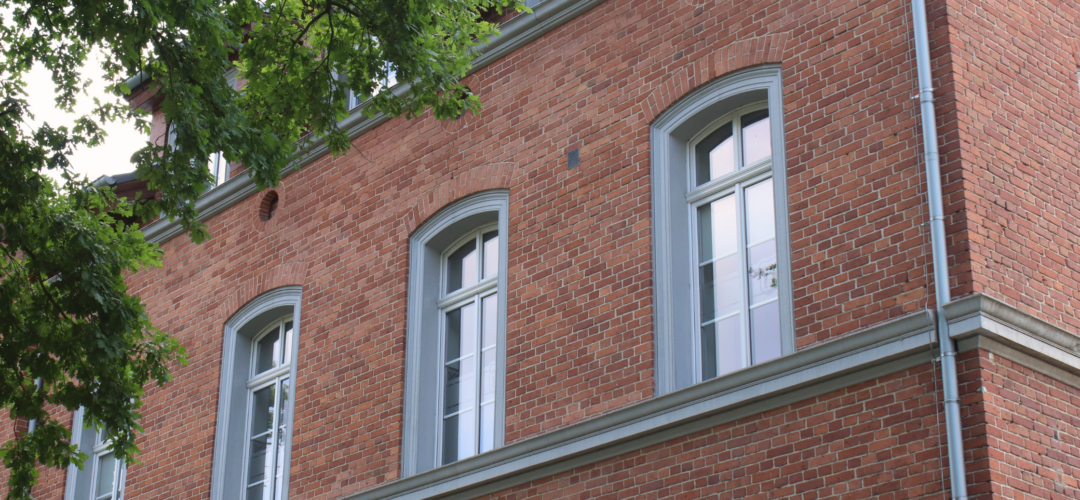Decorative windows in historic buildings
Wooden decorative windows can be renovated using appropriate impregnating agents, treatments, and by replacing seals. However, it is important to remember that this solution also requires approval from a conservation officer. Replacing old windows allows for the implementation of modern technologies, significantly improving thermal and acoustic insulation.
Renovation of historic windows:
- minimal interference with the building’s structure,
- lower costs if the renovation scope is limited,
- weaker thermal and acoustic insulation performance.
Replacement of historic windows:
- window moldings and muntins help maintain the historical style while incorporating modern solutions,
- improved thermal and acoustic insulation,
- potentially higher costs.
Window Moldings
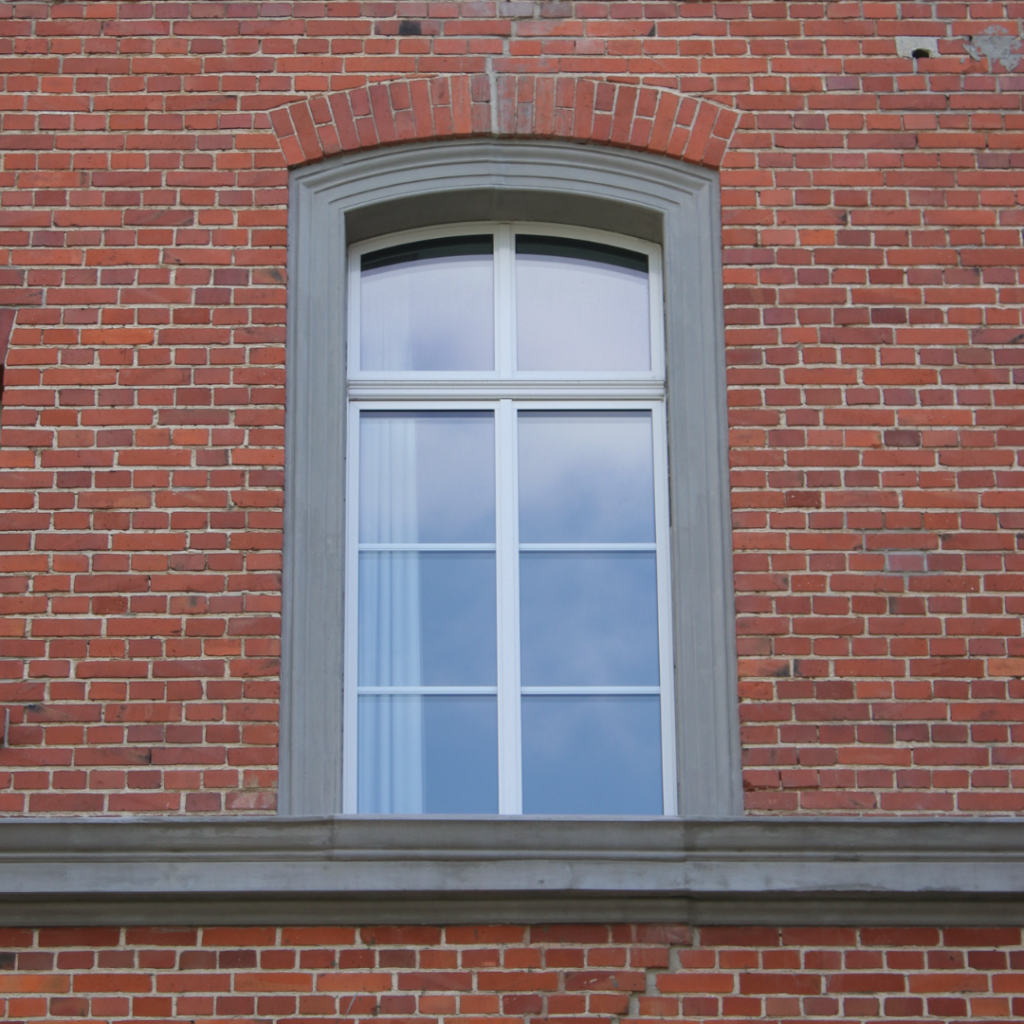
Replacing historic windows often requires installing window frames styled to resemble historical designs. Window moldings, including decorative heads, cornices, and trim, provide an aesthetically pleasing finish while preserving the architectural consistency of the building.
Modern PVC windows with decorative molding elements maintain the historical character of a building while meeting high technical and aesthetic standards.
Advantages of modern windows with decorative molding
- moldings serve an aesthetic function and can be customized to meet legal requirements,
- decorative elements are available in a white finish for painting or with a uniform-colored foil, making them easy to match with coated or foiled windows,
- the ability to paint in any RAL color ensures a perfect match with the building’s façade and architectural details,
- modern PVC or aluminum windows provide excellent thermal and acoustic insulation, enhancing comfort and energy efficiency.
Good to know
We do not recommend using decorative elements on woodgrain foiled windows or surfaces with non-uniform textures. Painted window moldings should be installed on lacquered or uniformly foiled windows for the best aesthetic effect. Recommended foil types for painted decorative elements include smooth, matte, and VSP foils.
Types of window moldings
Decorative heads, cornices, and window trim restore buildings to their former glory while meeting the requirements of heritage conservation offices. When designing historically styled windows, it is crucial to consider the color and type of foil to be used with the moldings. Unfoiled decorative elements can also be painted in any RAL color, offering greater flexibility in building renovations.
Examples of white decorative window elements (paintable):
- heads:
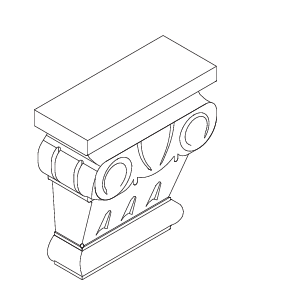
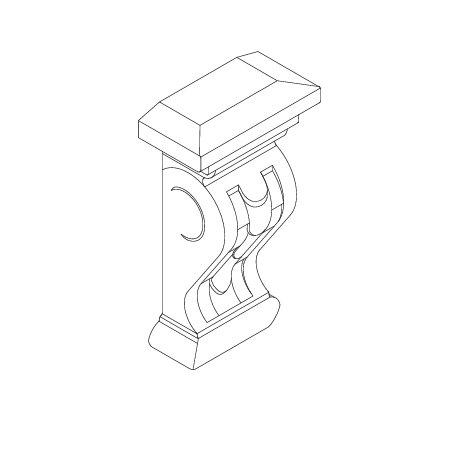
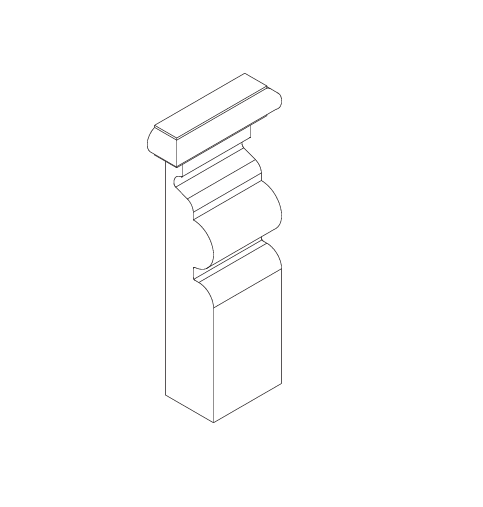
- connectors:
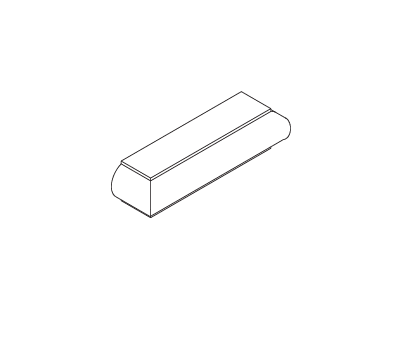
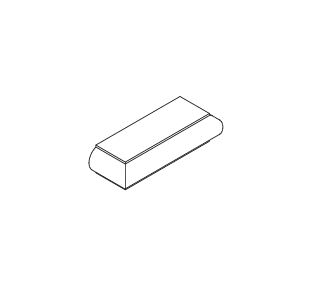
- endings:
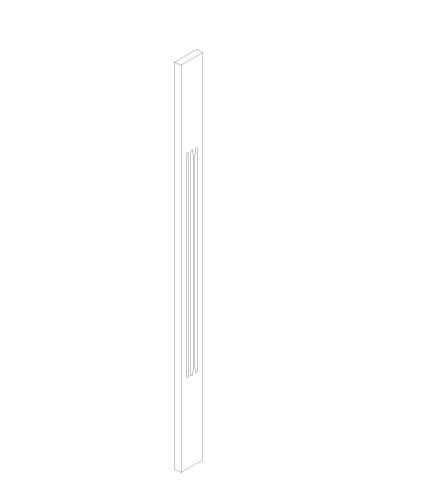
Examples of white & foiled decorative window elements::
- endings:
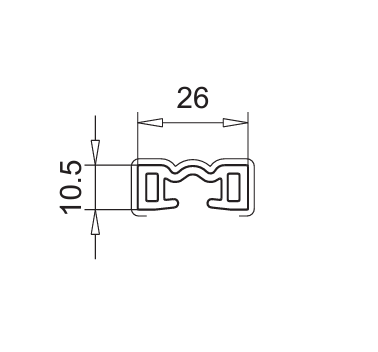
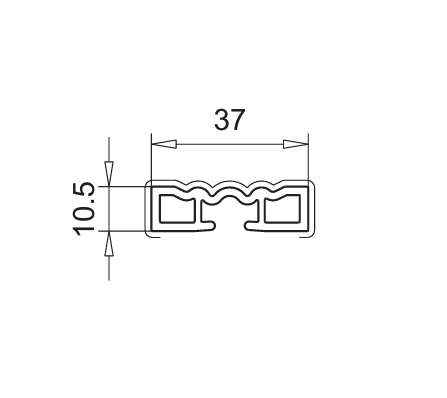
- crossbars:
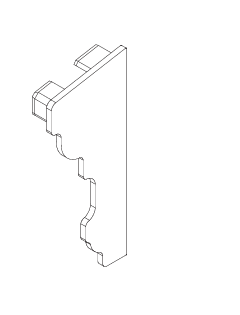
Where to order historic windows with decorative moldings?
Visit our sales showrooms! Entrust the replacement of historic windows and the renovation of window woodwork to a company with experience in producing and installing historically styled windows. Our experts will help you choose the best solutions, considering conservation requirements, investor expectations, and the building’s unique characteristics.
Click the button or fill out the form below:
